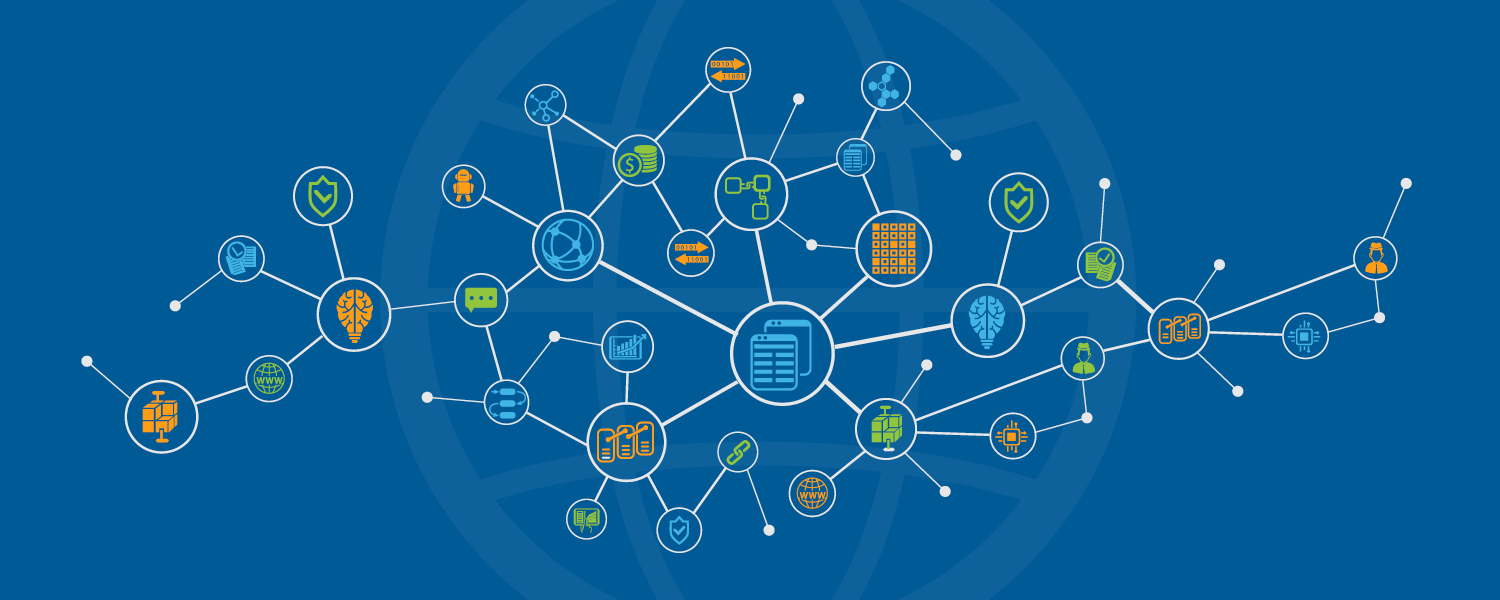In today's fast-evolving tech world, blockchain technology is gaining immense popularity across various industries. Whether it's finance, healthcare, or logistics, businesses are leveraging blockchain's decentralized and secure nature to build innovative applications. But how do you actually develop a blockchain application? If you're new to this space, this guide will break down the entire process into simple steps that anyone can follow.
By the end of this article, you'll understand the key components needed to build a blockchain app, the tools you'll use, and some best practices to follow. You'll also gain insights into why blockchain is such a game-changer and how you can start developing your own blockchain applications today.
1. Understanding Blockchain and Its Use Cases
Before diving into development, it’s crucial to grasp the fundamental concept of blockchain. At its core, blockchain is a decentralized, distributed ledger technology (DLT) that records data in a way that's secure, transparent, and immutable.
Key Use Cases:
Cryptocurrency Transactions: Blockchain powers cryptocurrencies like Bitcoin and Ethereum.
Supply Chain Management: It improves transparency and traceability across the supply chain.
Smart Contracts: Self-executing contracts where the terms are directly written into code, often used in decentralized finance (DeFi).
Healthcare Records: Blockchain ensures secure and confidential patient data storage.
2. Key Components of a Blockchain Application
For developing a blockchain application, you’ll need to familiarize yourself with several components:
Blockchain Platform: This is where your application will run. Popular platforms include Ethereum, Hyperledger Fabric, and Solana.
Nodes: These are participants in the blockchain network that help verify and store transactions.
Smart Contracts: Self-executing codes that automate transaction processes when certain conditions are met.
Consensus Mechanism: The algorithm (e.g., Proof of Work, Proof of Stake) used to achieve agreement among nodes.
3. Choosing the Right Blockchain Platform
The first step to developing a blockchain application is selecting a platform that suits your project.
Ethereum: Known for its powerful smart contract capabilities, Ethereum is widely used for decentralized apps (dApps).
Hyperledger Fabric: Ideal for permissioned enterprise applications, providing high levels of confidentiality and security.
Solana: A highly scalable platform designed for fast and low-cost transactions, great for DeFi apps.
4. Setting Up the Development Environment
To start coding, you need to set up a blockchain development environment. Here’s a basic outline of the tools and frameworks you'll need:
Development Tools:
Solidity: If you're building on Ethereum, you'll write smart contracts in Solidity, a high-level programming language.
Truffle Suite: A development framework for Ethereum that helps in building, testing, and deploying dApps.
Ganache: A local Ethereum blockchain simulator to test your applications before launching them live.
5. Developing Blocks in Application
Now that your environment is ready, it's time to begin building the blocks of your application. These include creating smart contracts, setting up the consensus mechanism, and ensuring data security.
Steps:
1. Write Smart Contracts: Using Solidity, define the logic of your application. For instance, a smart contract for a token exchange app would include functions for transferring tokens between users.
2. Test Your Contracts: Use Truffle and Ganache to test your smart contracts on a local blockchain network.
3. Deploy Your App: Once everything is tested and optimized, deploy your app on the blockchain.
6. Testing and Securing Your Blockchain Application
Security is a paramount concern in blockchain development. You must ensure your application is free from vulnerabilities. Some steps to follow include:
Auditing Smart Contracts: Regularly audit the code to detect any bugs or loopholes.
Load Testing: Test your blockchain under various conditions to check its scalability and reliability.
7. Deploying the Blockchain Application
Once testing is complete and the security checks are in place, it's time to deploy your blockchain application on the main network. Depending on the platform you're using, the deployment process might differ slightly, but typically it involves:
Finalizing Smart Contracts: Ensure they are immutable and functioning correctly.
Connecting to the Mainnet: For Ethereum, for example, this means deploying your contracts to the Ethereum mainnet.
Monitoring Post-Deployment: After launch, continue monitoring your application for performance and potential issues.
8. Best Practices for Blockchain Application Development
To ensure a smooth and successful development process, here are some best practices:
Start Simple: Begin with a minimal viable product (MVP) to test your concept before scaling.
Regular Updates: Blockchain technology evolves rapidly, so keep your app updated with the latest features and security patches.
Community Engagement: Engage with the blockchain developer community to stay informed about new trends and improvements.
Conclusion
Developing a blockchain application may seem complex, but by following these steps and leveraging the right tools, you can create a robust and scalable application. With blockchain poised to disrupt numerous industries, now is the perfect time to start your journey into blockchain development.
By building a strong foundation and adhering to best practices, you can confidently develop blockchain apps that not only solve real-world problems but also contribute to the broader decentralized future.

